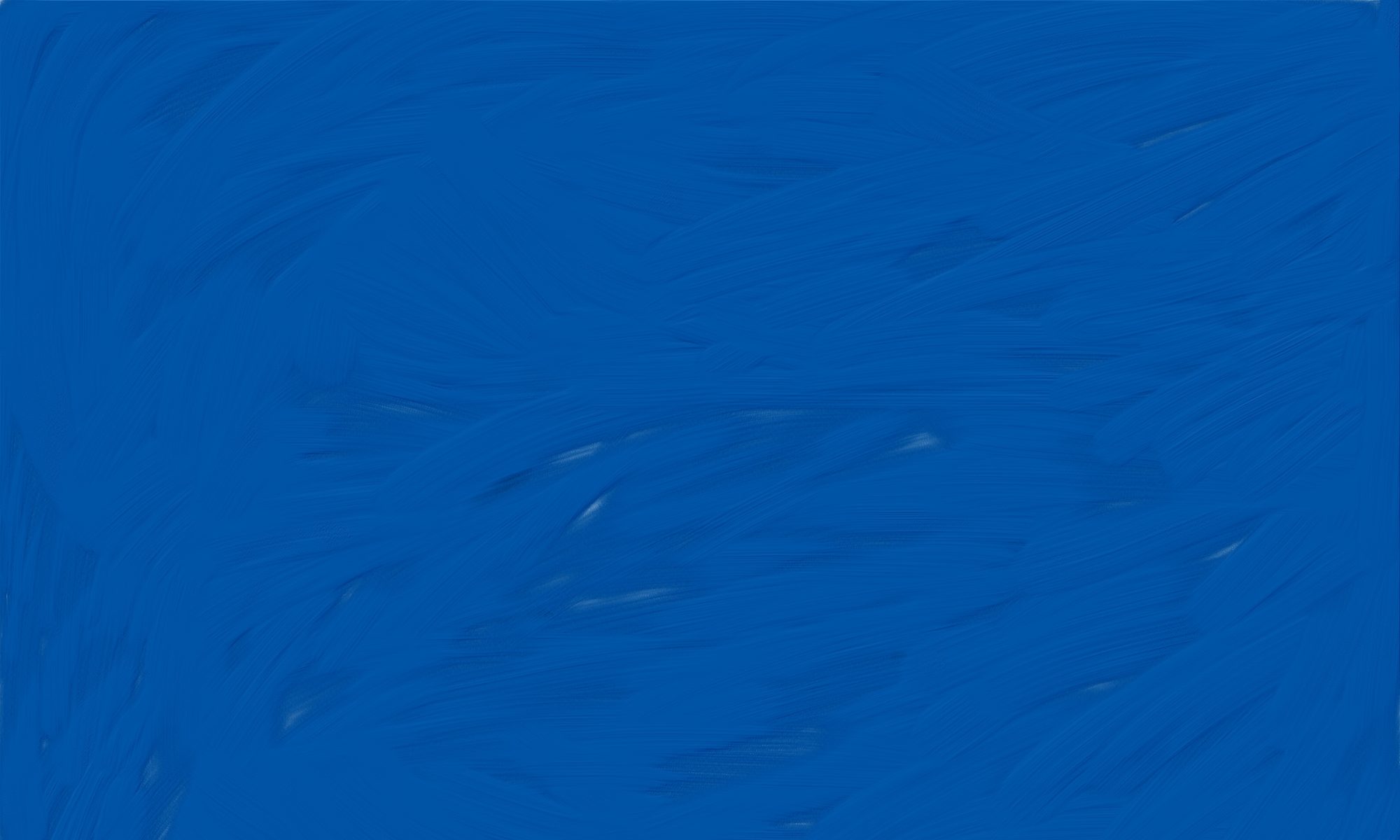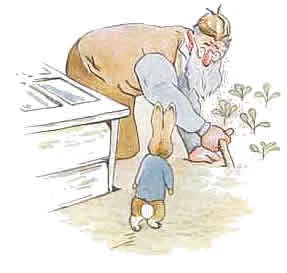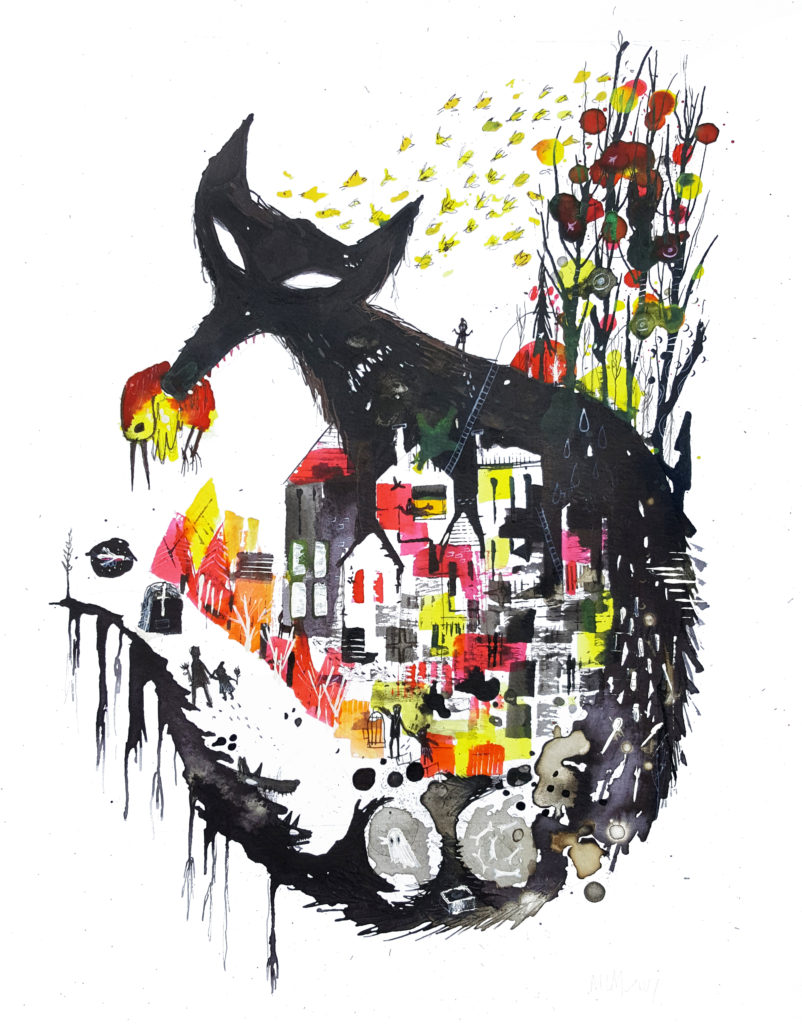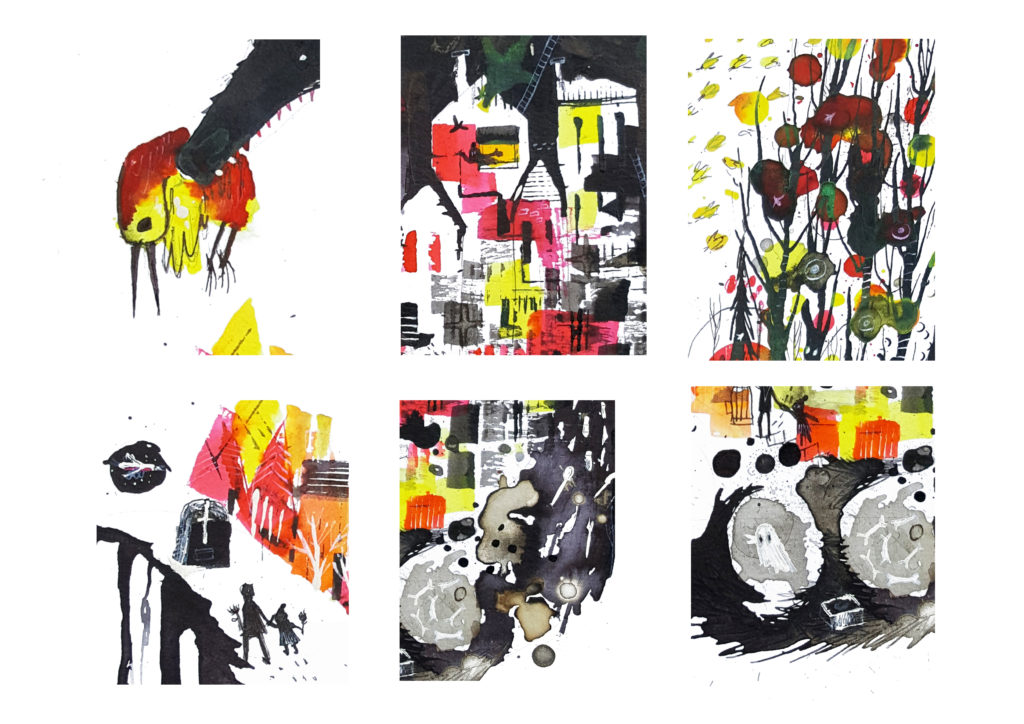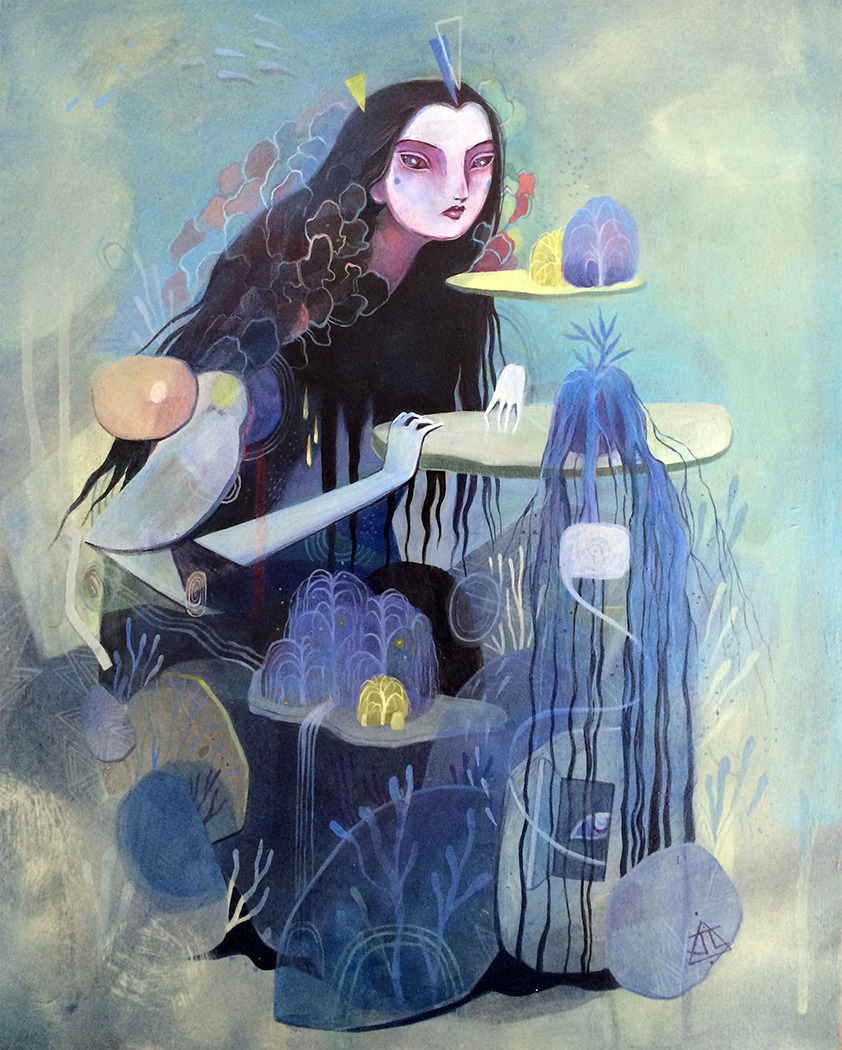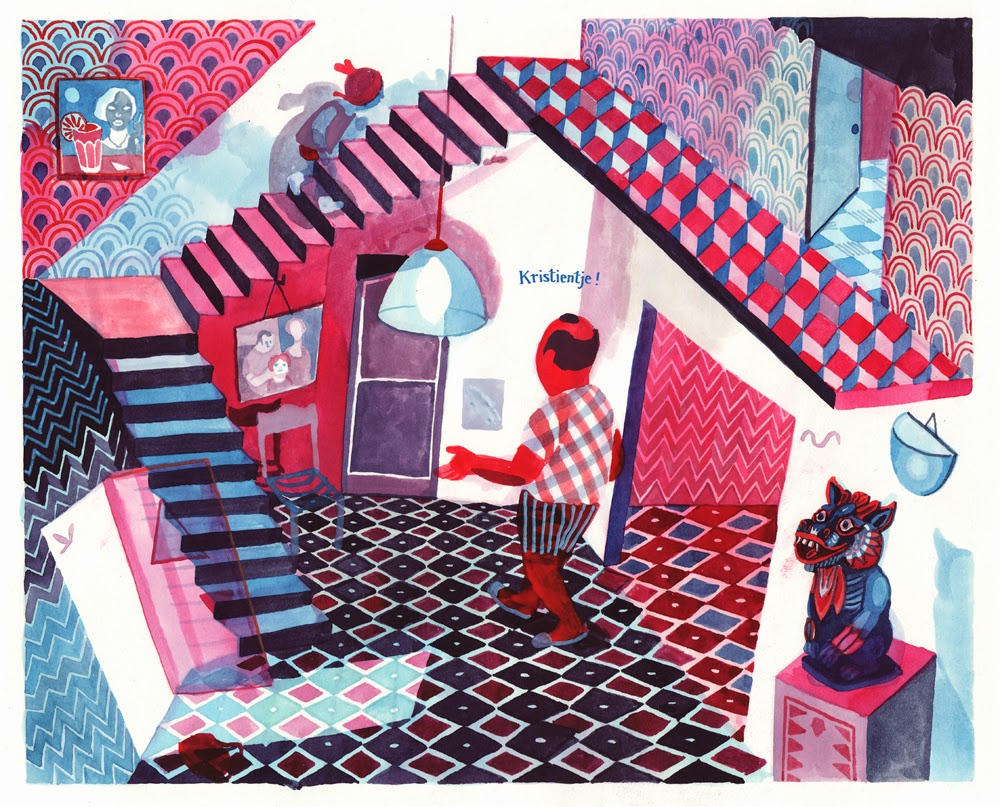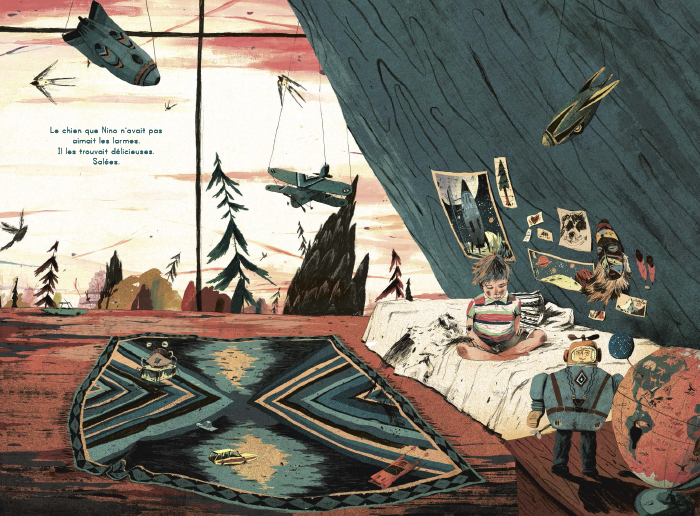There are many sub-classifications of narrative art. The significance of them is often tied to a specific time period or culture.
Historically, art that tells a story was praised for its quality and ability to convey its message through semiotics, placement, and format. It lost favour and made way for Modern Art in the early 20th century but I’m interested in working with the narrative styles. Not only because I enjoy solving the problem of composition in these images, but also the idea that I’ve presented an open problem for others to solve and decode. Their solution then feeds back into the main story, and that could eventually lead to a metanarrative, with each instance of the main character in the whole having a backstory that isn’t yet written and, more significantly, is not written by me.
There are many ways to create a visual narrative, the most recognised (Artsome.co, 2017) are:
Simultaneous: uses patterns and symbols that are significant to particular cultures to convey a message or story that is meaningful to those that understand it. This type often requires intervention from the creator to be fully understood.
Continuous: where repeated images present a system of repeating characters to recreate an event within a frame. A repeat of the main character is used to signify the next part of the story.
Monoscenic: everything is presented within one scene with no repeated elements. There are no character repeats.
Synoptic: use of a single scene where characters and actions are repeated to tell a story.
Panoptic: uses friezes or scenes that are not physically connected, each one depicting a full action without repeating characters. Myrioramas could be considered panoptic.
Progressive: characters are not repeated but there is evidence of time passing. An example would be a clock with it’s hands spinning, or daytime turning into night while a character sits peacefully in a chair.
Sequential: Moments trapped in frames of some sort, as used in many comic books.
For the time being, my interest lies with synoptic narrative, but that is not exclusive. Narrative in all of its guises can be exploited for many purposes within illustration . From instruction manuals and puzzles, to illustrating poetry and picture books (Slap Happy Larry, 2017) in a way that involves the participant in a more interactive way, I find the whole area fascinating.
ARTSOME.CO. (2017). Artsome. [online] Available at: http://www.artsome.co/Narrative_Art [Accessed 3 Dec. 2017].
SLAP HAPPY LARRY. (2017). Continuous Narrative In Picture Books. [online] Available at: http://www.slaphappylarry.com/continuous-narrative-picture-book-illustration/ [Accessed 3 Dec. 2017].
